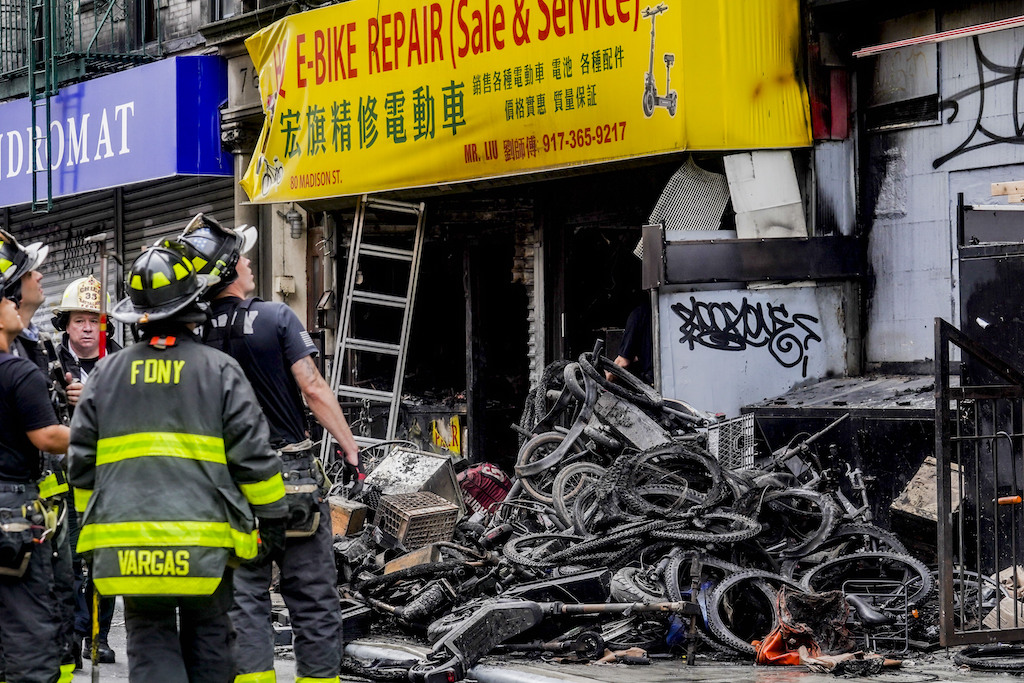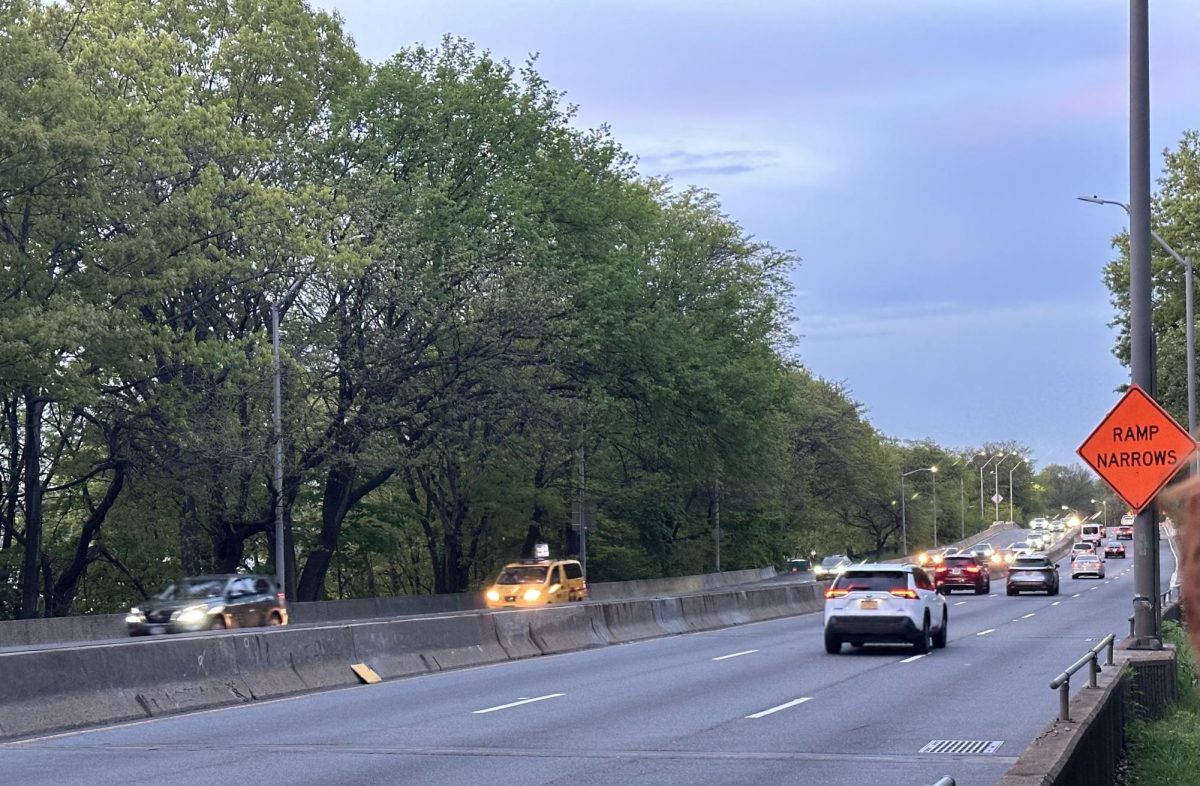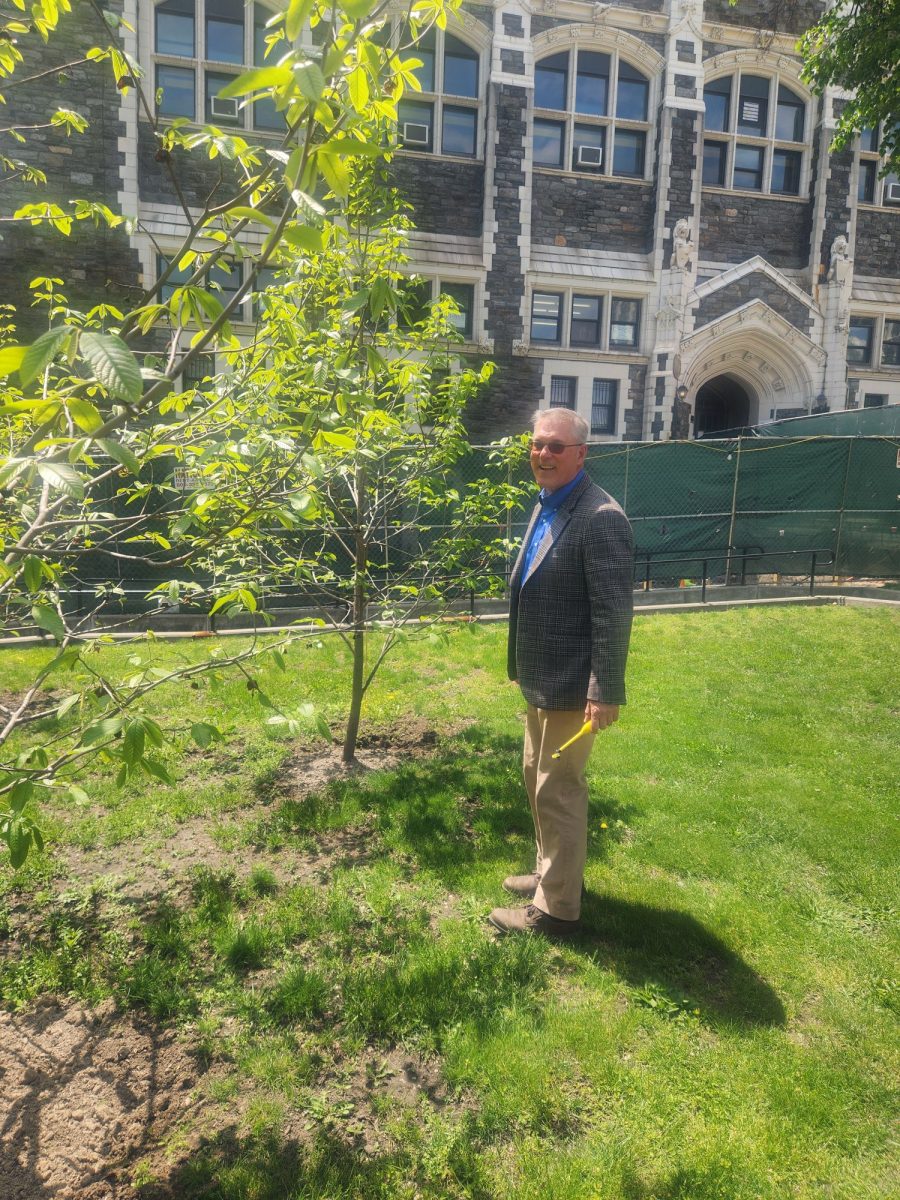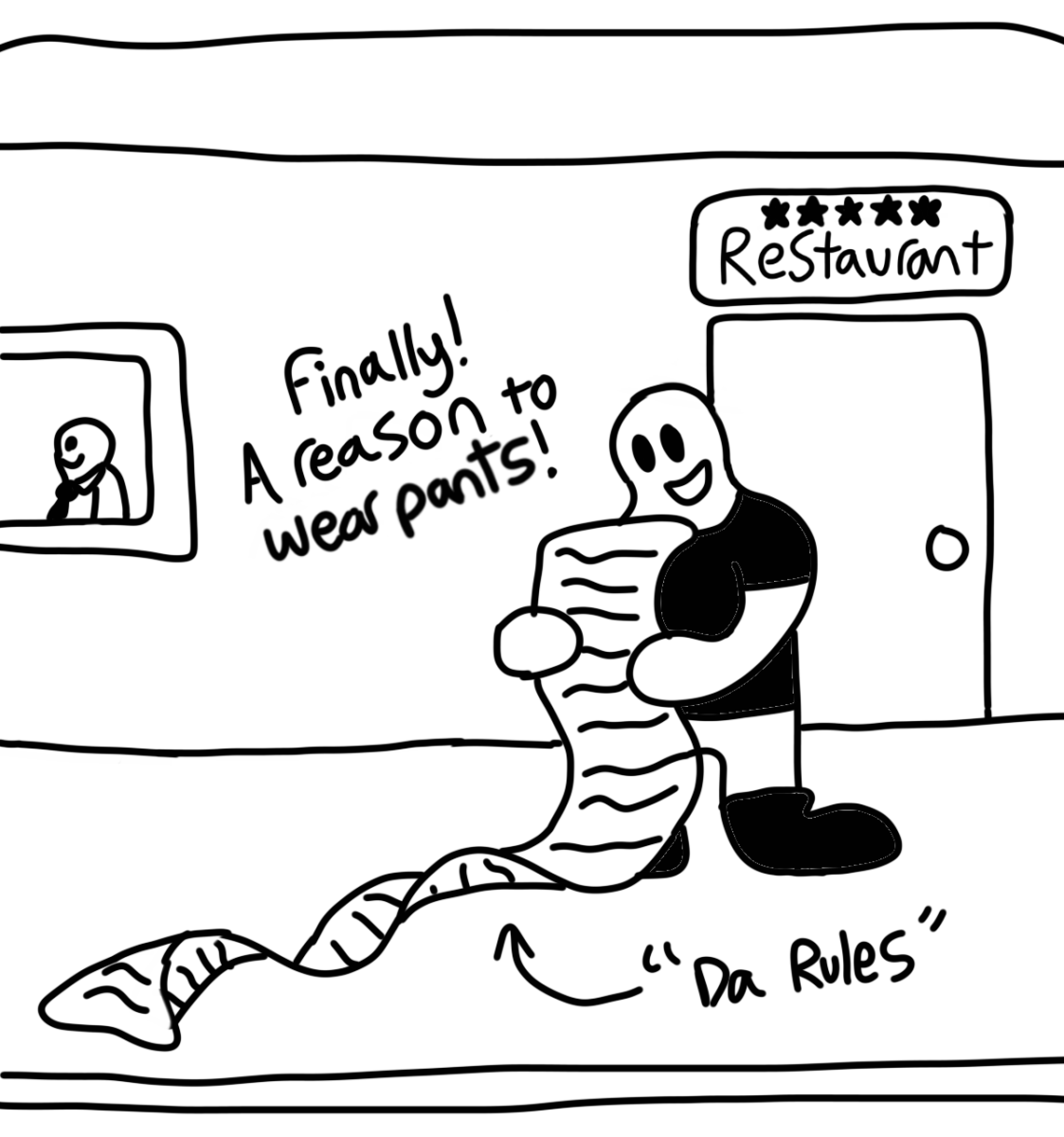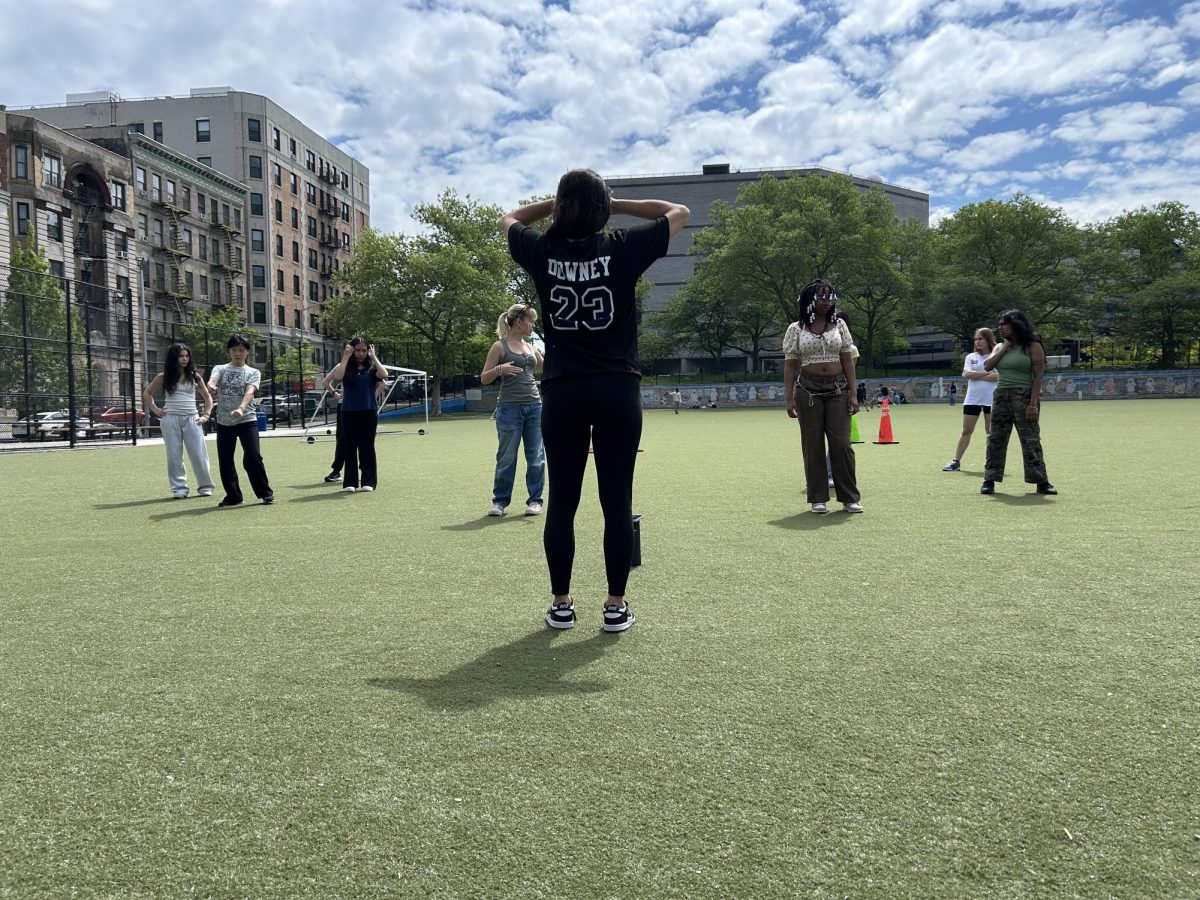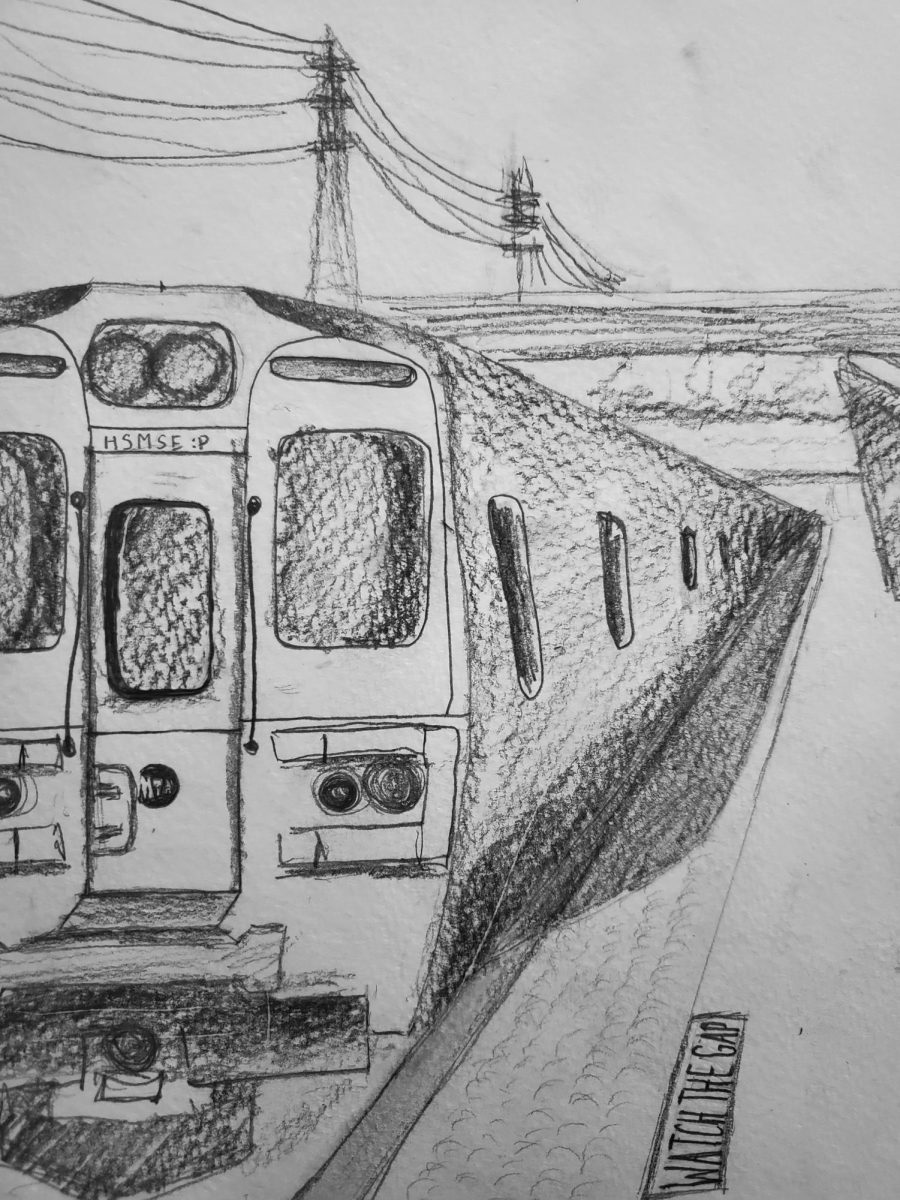The Long Island Rail Road (LIRR for short) is more than just a commuter service—it is a vital part of members of the HSMSE Community’s commute. In fact, I use the LIRR to get to school! While less known than the NYC Subway, the LIRR is essential for New York, providing rail transportation to Long Island, Manhattan, Brooklyn, and Queens.
As a frequent user, I know of the ease and usefulness of riding the LIRR. The trains are generally cleaner than the NYC Subway, it is typically quieter, and it is a smoother ride with less sharp twists and turns. However, the LIRR is not without its flaws. Trains usually arrive every 20–30 minutes rather than the NYC Subway arrival times, which usually range from 2–10 minutes. The LIRR is also more expensive than the New York City Subway, which is free four times a day, 24/7 for NYC public school students. While schools offer a monthly discount to students taking the LIRR, it still costs over $100 per month, a major drawback. However, for the users of the LIRR, the benefits of convenience and cleanliness outweigh the flaws.
In addition to serving commuters, the LIRR is also used to go sightseeing at places including Fire Island, Long Beach, Long Island Aquarium, Montauk Point Lighthouse Museum, and, of course, the Belmont Park racetrack. The LIRR also provides its own tours to places such as the Gatsby Mansions and the North Fork Vineyards.
To fully appreciate the LIRR‘s current role, it’s important to understand its historical evolution. The LIRR dates back to the 1830s—before the Statue of Liberty, the Civil War, and even the first long-distance radio transmission! Since its creation, the LIRR has evolved and undergone significant changes, such as its acquisition by the Metropolitan Transportation Authority (MTA for short), which helped modernize it into the major New York rail system it is today.
The LIRR originated in the 1830s with the creation of the Brooklyn & Jamaica Rail Road Company (B&J), a rail line connecting Brooklyn to Jamaica, Queens. Then, thanks to New York and Boston investors, the LIRR was created. It leased out the B&J, setting a new direction for its future. They wanted a shortcut connecting New York and Boston, so they expanded the B&J. The developers believed it would beat longer rail road alternatives, opening on July 27, 1844.
However, the LIRR was not capable of competing with other rail road services, and thus declared bankruptcy in the 1850s. The LIRR managed to survive its financial woes by focusing more on local passenger services and expanding its reach to the island’s more densely populated areas. In 1880, Austin Corbin, a robber baron known for amassing wealth through unethical business practices and monopolies, led the LIRR to a year of great prosperity. He bought out all of the LIRR’s competitors, resulting in the LIRR becoming the sole rail road company operating on Long Island. The LIRR was then subsidized by the larger Pennsylvania Rail Road, which improved the LIRR by electrifying it, removing intersections of roads and train tracks, and expanding overall service.
LIRR ridership fell after WW2 (1939-1945) due to increased automobile use and the introduction of highways. Revenue dropped, and service deteriorated as a result. Parts of the LIRR were abandoned, sold off, or even burned down thanks to negligence from the rail road company. Some parts were integrated into the NY subway, while others, such as the Whitestone Branch, were abandoned for good. The LIRR eventually went bankrupt in 1949, and the Pennsylvania Rail Road stopped subsidizing it. This resulted in more crashes, closures, and service reductions in the 1950s and 1960s. In the 1960s, the original Penn Station was demolished to build Madison Square Garden and the second-iteration of Penn Station was rebuilt underneath it. In 1966, the LIRR was acquired by the MTA, which incorporated it into the public management of the New York transportation system. It was the decades after MTA incorporation that the LIRR saw a gradual resurgence, with increased electrification in 1968 and expanded service starting in the 1970s.
Now, the LIRR is the busiest commuter rail road in North America, carrying about 200,000 customers each weekday. It has endured multiple hurricanes, including Hurricane Irene in 2011 and Hurricane Sandy in 2012, resulting in delays, repairs, and upgrades for the LIRR.
In recent years, the LIRR has undergone significant changes. Due to increased fare evasion, the MTA is introducing stricter rules. If you have taken the LIRR over the past couple months, chances are you have been warned by the LIRR Train Time app’s reminders of the summonses and arrests for evading the fare. Another recent change is the purchase and introduction of the M9 train cars. The M9 cars were introduced in 2019 as a replacement for the outdated M3 cars from the 1980s. They offer a smoother, quieter ride that increases passenger comfort, with modern conveniences like electrical outlets at every seat and push-button doors between cars. And last but not least, the LIRR opened a new terminal in Grand Central called Grand Central Madison, providing an alternative to Penn Station.
As the LIRR improves and grows, it will have a significant impact on HSMSE and the greater New York community. For instance, about 30% of employed Nassau residents and 11% of employed Suffolk residents commute to NYC. A third of these residents use the LIRR, benefiting local businesses through an ease of commute. Future projects like the Interborough Express Light Rail project, which uses the existing LIRR-owned Bay Ridge Branch, will connect underserved areas of Brooklyn and Queens, substantially cutting down the travel times between the two boroughs, reducing congestion, and expanding economic opportunities for inhabitants of the surrounding neighborhoods. Lastly, the creation of Grand Central Madison, a major construction project for the MTA, helped cut commute time for workers by 40 minutes and doubled LIRR commuter capacity, improving the lives of LIRR commuters all across New York.
As the LIRR adapts and evolves, it embodies the resilience and community spirit that define New York. From overcoming bankruptcies to becoming the largest commuter railroad in North America, it continues to improve and enhance the lives of countless New Yorkers, including members of the HSMSE community. The LIRR is not just a transportation service but also a lifeline that connects communities and enhances the daily lives of countless New Yorkers.






